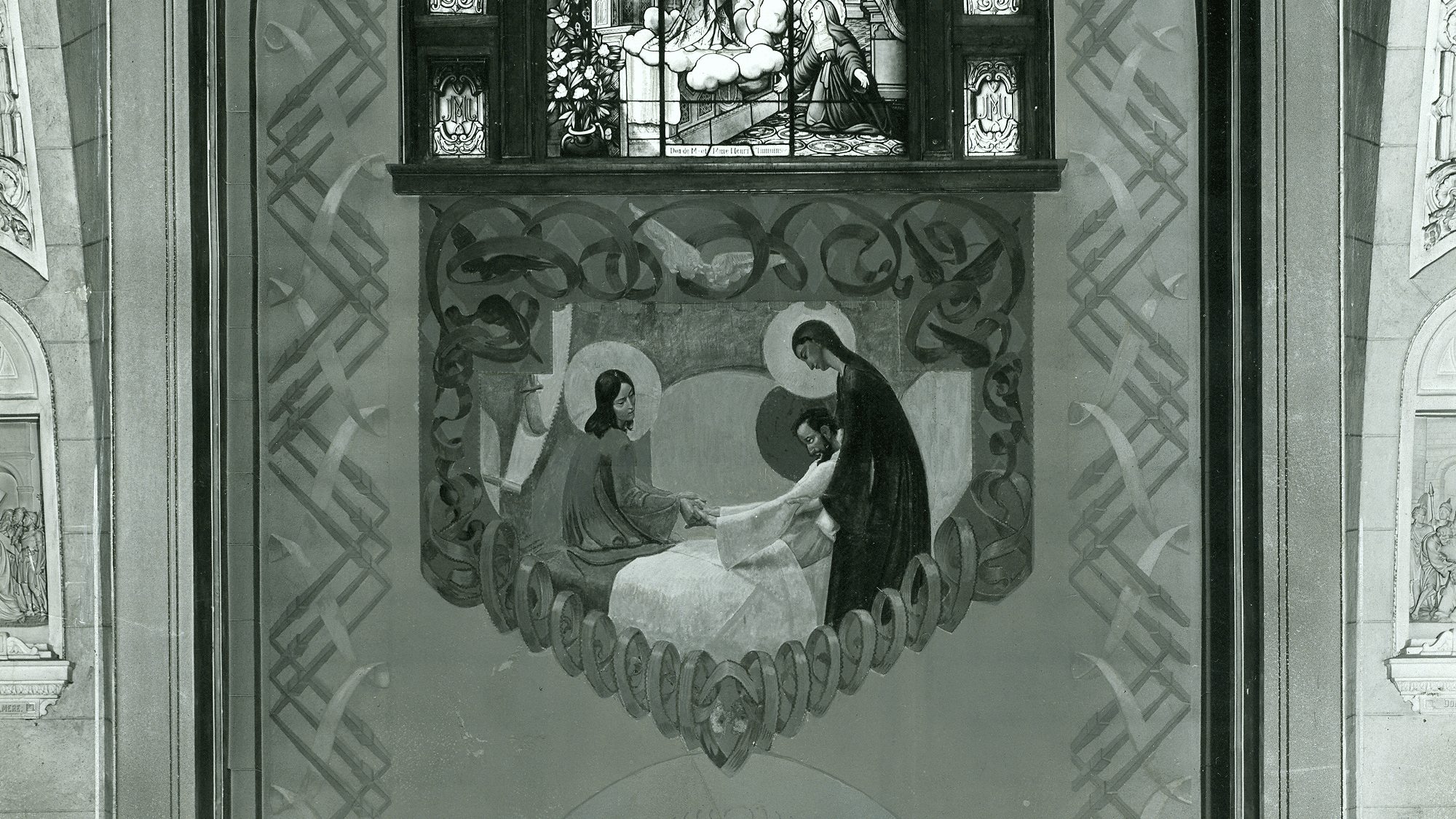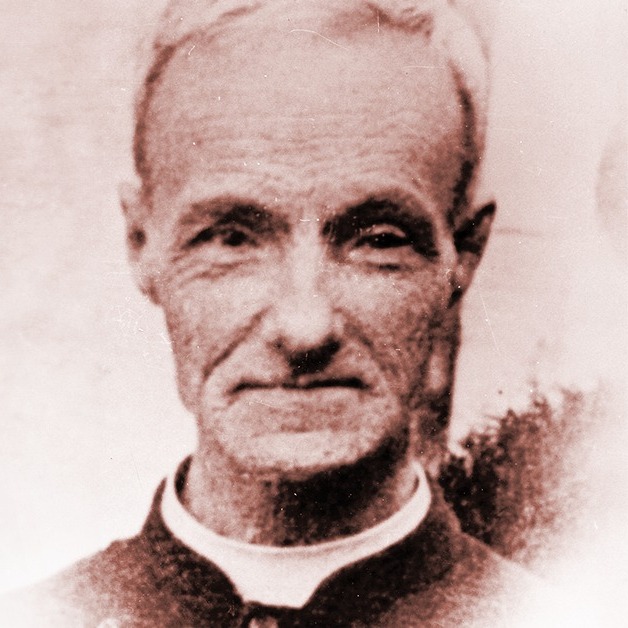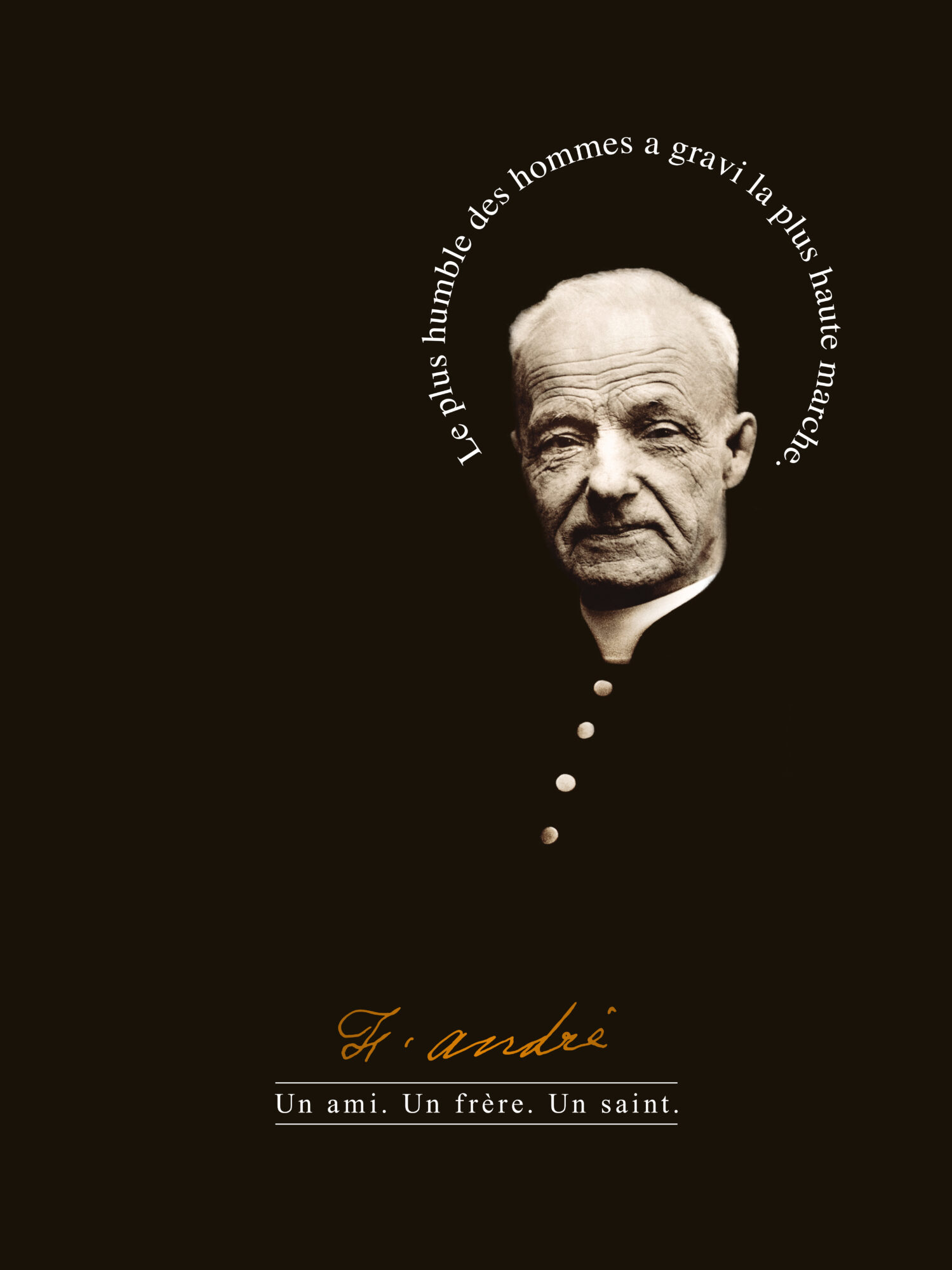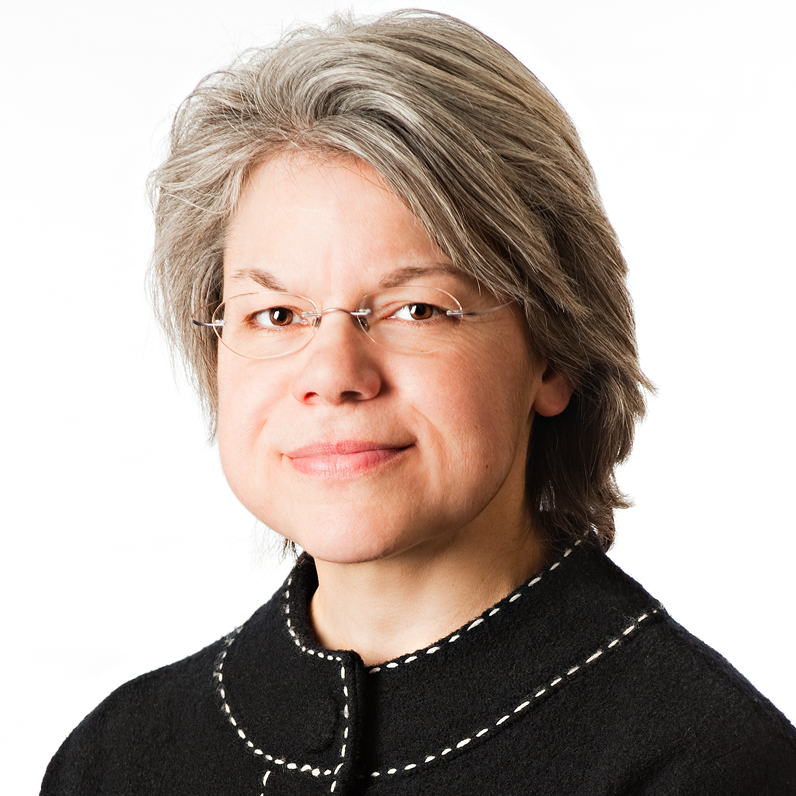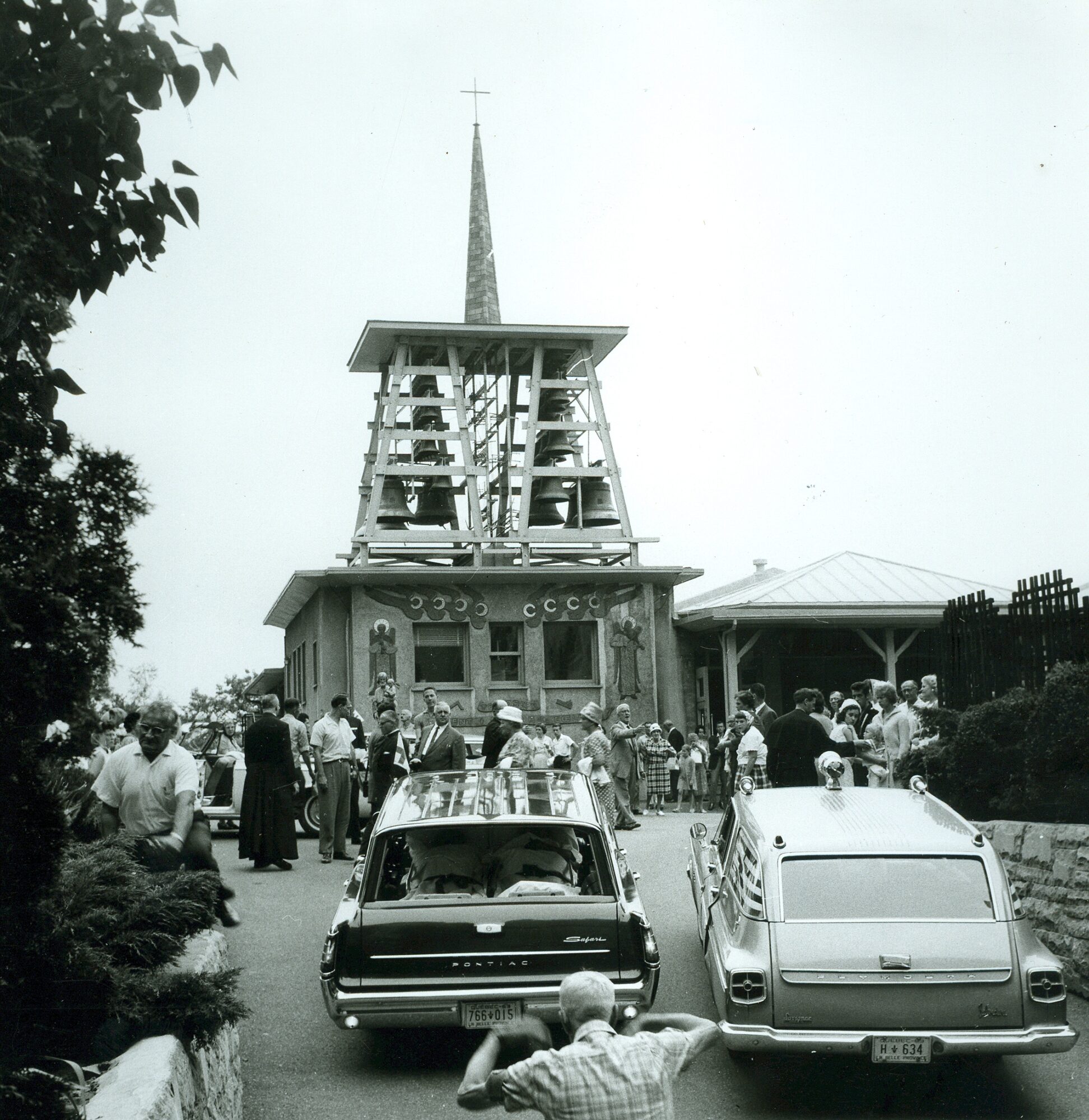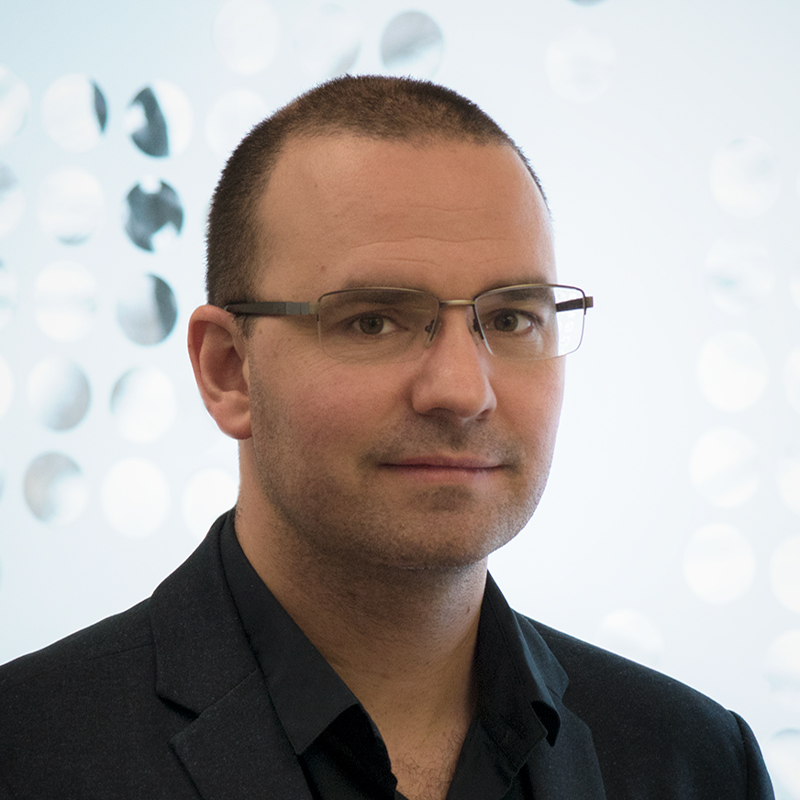The First Novena to Brother André
The year 2020 is a busy one for anniversaries at the Oratory. It marks the 100th novena to Saint Joseph, the 80th anniversary of the first novena to Brother André, the 175th anniversary of Brother André’s birth and the 10th anniversary of his canonization.
The Beginnings
From the year of his death in 1937, Brother André’s birthday becomes an occasion for commemoration. That year, celebrations were spread over two days, Sunday, August 8 and Monday, August 9. On the first day, 20,000 people were present. For the occasion, Henri Charlier’s famous fresco, which can still be seen behind the tomb and above its former location in the Crypt Church, was blessed. The ancestor of the present Garden of Way of the Cross outside on the mountain, a dream dear to Brother André, was also inaugurated.1
Fig. 1 : Brother André’s tomb and Charlier’s fresco, when the tomb was still in the Crypt. Archives of Saint Joseph’s Oratory of Mount Royal. 185-6.
Fig. 2 : The second station of the first Stations of the Cross on the mountain. Archives of Saint Joseph’s Oratory of Mount Royal. 21-8.
The following two years, however, were the occasion for a more discreet commemoration in order to respect Brother André’s wishes. Nevertheless, several thousand people participated in the torchlight procession at the end of the day, on August 9, 1939.2
The novena of August 1940
Fig. 3: Torchlight procession in the evening. Although not dated, various elements on the photo suggest that it was probably taken during the novena of August 1940. Archives of Saint Joseph’s Oratory of Mount Royal. 235-1.In 1940, Émile Deguire, the new rector of the Oratory and soon to be postulator of the Cause of Brother André, decided to do things in a big way. Instead of a simple day, a first novena was organized beginning on August 1 and ending on Brother André’s birthday, August 9. A historical context is necessary. At the time, Brother André had no official recognition from the Catholic Church. He was not yet a saint, blessed or even venerable. His Cause was not yet open. He was only a recently deceased religious who had founded a great shrine. According to the rules of the Church, one could neither pray to him nor make a novena to him. That is why at that time people spoke of a novena of Thanksgiving dedicated “to thank Providence for having given us this great benefactor of souls and bodies”.3 Father Deguire had even written a justificatory article in the July-August 1940 issue of the Annals of Saint Joseph to explain this. This first novena was a real success, to the point of sometimes taking the organizers by surprise. The great Catholic movements of the time, such as the Young Catholic Workers, had sent delegates to take part in the celebrations. After the 3 p.m. service, the crowd was invited to the Stations of the Cross on the mountain for prayer exercises. The Superior General of the Congregation of the Holy Cross and former rector of the Oratory, Father Albert Cousineau, was even invited to preach the evening sermons. The days ended with a torchlight procession. Of these novena days, two stood out, Sunday, August 4 and Friday, August 9. On Sunday, as early as 4 a.m., hundreds of people were already at the doors of the shrine. At the same time, a walking pilgrimage of 15,000 people, organized by the newspaper La Presse, left Lafontaine Park for the Oratory. Some sixty pilgrims even left Howick Village at 9 p.m. the night before and walked to the Oratory in order to arrive in time for the 5 a.m. Mass. Faced with such enthusiasm, an outdoor altar had to be improvised to celebrate Mass in the open air. Brother André’s birthday was the highlight of the celebration. Nearly 200 people had spent the previous night praying. From 4 a.m. to 10 a.m., Masses followed one another without interruption. At 10:30 a.m., there were nearly 800 sick people and their families in the Crypt Church, imploring healing. In the evening, 10,000 people gathered for a huge torchlight procession through the grounds of the Oratory. 4
Fig. 4: Poem commemorating the August 9 celebrations, by Hilda H. Laflamme. Annals of Saint-Joseph, 1940, p. 256.
The birthday gift to Brother André
On the afternoon of August 9, the new Coadjutor Bishop of Montreal, Most Reverend Joseph Charbonneau, came to the Oratory to offer a very symbolic birthday gift to Brother André: the blessing of the first stone of the dome and its installation. At the time, the skeleton of the dome was finished, but there was still the exterior finishing touches.5Fig. 5 : The blessing of the first stone of the dome. Les Annales de Saint-Joseph, 1940, p. 262-263.Thus, on the occasion of Brother André’s 95th birthday, a new step towards the completion of the dome began. Eighty years later, the dome is still not finished. While the exterior is completed, the interior is still waiting. This is what justifies the current fundraising campaign “Reaching New Heights” to complete Brother André’s work and at the same time provide the highest window on Montreal. Happy 175th anniversary Brother André!__________________________________________
- Annales de Saint-Joseph, 1937, p. 327-328
- Annales de Saint-Joseph, 1939, p. 303
- Annales de Saint-Joseph, 1940, p. 260.
- Annales de Saint-Joseph, p. 258, 260.
- Annales de Saint-Joseph, p. 262-263

